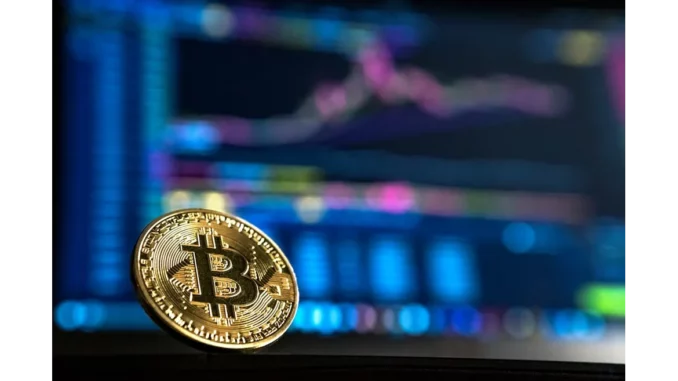
As a journalist, I’ve had the opportunity to interview many individuals involved in significant legal proceedings, but my recent conversation with Michael Harris was particularly intriguing. Michael, an IT consultant who has recently become interested in cryptocurrency regulations, was present at the US District Court for the Southern District of Illinois on Friday, June 21, 2024. On this day, the court ordered the forfeiture of cryptocurrency seized from Binance, a major cryptocurrency exchange.
I met Michael at a quiet coffee shop in Springfield. He was eager to share his experience, and as we settled into our seats, I could sense his anticipation.
“Walking into the courtroom, I felt a mix of curiosity and tension,” Michael began, his eyes reflecting the intensity of the moment. “The case had garnered a lot of attention, and the room was packed with legal experts, crypto enthusiasts, and journalists.”
Michael described the atmosphere as electric, with an underlying current of anticipation. “Judge Linda Parker presided over the case with an air of authority. She took her seat, and the room fell into a respectful silence,” he recounted. “It was clear that everyone understood the gravity of the situation.”
The case centered around the forfeiture of a significant amount of cryptocurrency that had been seized from Binance. The prosecution argued that the funds were linked to illegal activities, including money laundering and fraud. “The evidence presented was quite compelling,” Michael noted. “The prosecution had meticulously traced the flow of funds through various transactions, highlighting the sophisticated methods used to obscure their origins.”
Michael was particularly struck by the defense’s argument. Binance’s legal team contended that the exchange had stringent measures in place to prevent illicit activity. “They emphasized Binance’s cooperation with law enforcement and their efforts to enhance security protocols,” he said. “It was a strong defense, but the prosecution’s evidence was hard to ignore.”
As the proceedings continued, Michael found himself captivated by the legal maneuvering on both sides. “It was like watching a high-stakes chess match,” he mused. “Every move was calculated, every argument carefully constructed.”
When the judge finally delivered her ruling, the tension in the room was palpable. “She ordered the forfeiture of the seized cryptocurrency,” Michael recounted. “There was a collective intake of breath as the weight of the decision settled over everyone.”
For Michael, the experience was both educational and eye-opening. “It was fascinating to see how the legal system navigates the complexities of cryptocurrency,” he reflected. “This case will likely set a precedent for future legal battles in this rapidly evolving field.”
As we finished our coffee, Michael expressed his gratitude for the opportunity to witness such a pivotal moment. “I left the courtroom with a deeper understanding of the challenges and opportunities that cryptocurrency presents,” he said. “It’s definitely a space to watch in the coming years.”
Our conversation left me with a renewed appreciation for the intricate interplay between technology and law. Michael’s firsthand account provided valuable insights into the unfolding narrative of cryptocurrency regulation.
Sean Taylor

Be the first to comment